Stepping Out of Bounds with Torah Bright
Torah Bright interview: “We have taken and taken for too long and now the earth is hurting.”
Olympic and X Games legend Torah Bright talks about her latest venture from Antarctica to Alaska, the wonders of our natural world and the fragility of the life system upon which we all depend.
Stepping Out of Bounds with Torah Bright
Torah Bright interview: “We have taken and taken for too long and now the earth is hurting.”
Olympic and X Games legend Torah Bright talks about her latest venture from Antarctica to Alaska, the wonders of our natural world and the fragility of the life system upon which we all depend.
“Antarctica was something special. Removed from the world. I had some seriously beautiful spiritual moments there.”
By Paul McGee, Head Feature Writer. February 8 2020
“It didn’t take much to twist my rubber arm,” Torah Bright tells me, reinforcing this theory I have that winter athletes only ever retire on paper.
Because when the medals and trophies and podiums dry up, the white world where they once faced off against fellow competitors simply shrugs and steers them onto a fresh trail.
Case in point, 1980s ski legend Pirmin Zurbriggen whose stellar career drew to a close thirty years ago: the Swiss Alpine hero nowadays has both feet clipped firmly into the ski tourism industry. And his former competitor, the iconic Alberto Tomba, today can be found running junior ski competitions around the globe. The white world is a multi-faceted institution with many doors, but evidently it comes with a lifetime membership.
“My snowboarding feet have always dabbled and played outside of the halfpipe.”
So it shouldn’t surprise me when I hear about Torah Bright’s most recent adventure. Because for this highly decorated athlete (Olympic gold and silver at Halfpipe, double X Games Champion, double US Open Champion, double Global Open Champion, the first this and the most that and a litany of achievements that’s too long to mention and, significantly, a returning guest here at Ice a Trail) anything’s possible. I already know that, even though the halfpipe is Torah Bright’s metier, she likes to step those famously Roxy-clad feet out of the coping from time to time: at Sochi 2014 Torah competed not only in Halfpipe but also Slopestyle and Boarder Cross – the first snowboarder ever to compete in all three disciplines at one Games. A diverse rider to say the least.
With all that being said, an inter-hemisphere adventure beginning in Antarctica, travelling up the mountain spine of South America, into the Rockies and ending in Alaska, is a pretty sizeable step. More of a leap, actually, to rival any of the dazzling tours de force which were the trademark of Torah’s multiple X Games and Olympic appearances.
“It didn’t take much to twist my rubber arm,” Torah Bright tells me, reinforcing this theory I have that winter athletes only ever retire on paper.
Because when the medals and trophies and podiums dry up, the white world where they once faced off against fellow competitors simply shrugs and steers them onto a fresh trail.
Case in point, 1980s ski legend Pirmin Zurbriggen whose stellar career drew to a close thirty years ago: the Swiss Alpine hero nowadays has both feet clipped firmly into the ski tourism industry. And his former competitor, the iconic Alberto Tomba, today can be found running junior ski competitions around the globe. The white world is a multi-faceted institution with many doors, but evidently it comes with a lifetime membership.
“My snowboarding feet have always dabbled and played outside of the halfpipe.”
So it shouldn’t surprise me when I hear about Torah Bright’s most recent adventure. Because for this highly decorated athlete (Olympic gold and silver at Halfpipe, double X Games Champion, double US Open Champion, double Global Open Champion, the first this and the most that and a litany of achievements that’s too long to mention and, significantly, a returning guest here at Ice a Trail) anything’s possible. I already know that, even though the halfpipe is Torah Bright’s metier, she likes to step those famously Roxy-clad feet out of the coping from time to time: at Sochi 2014 Torah competed not only in Halfpipe but also Slopestyle and Boarder Cross – the first snowboarder ever to compete in all three disciplines at one Games. A diverse rider to say the least.
With all that being said, an inter-hemisphere adventure beginning in Antarctica, travelling up the mountain spine of South America, into the Rockies and ending in Alaska, is a pretty sizeable step. More of a leap, actually, to rival any of the dazzling tours de force which were the trademark of Torah’s multiple X Games and Olympic appearances.
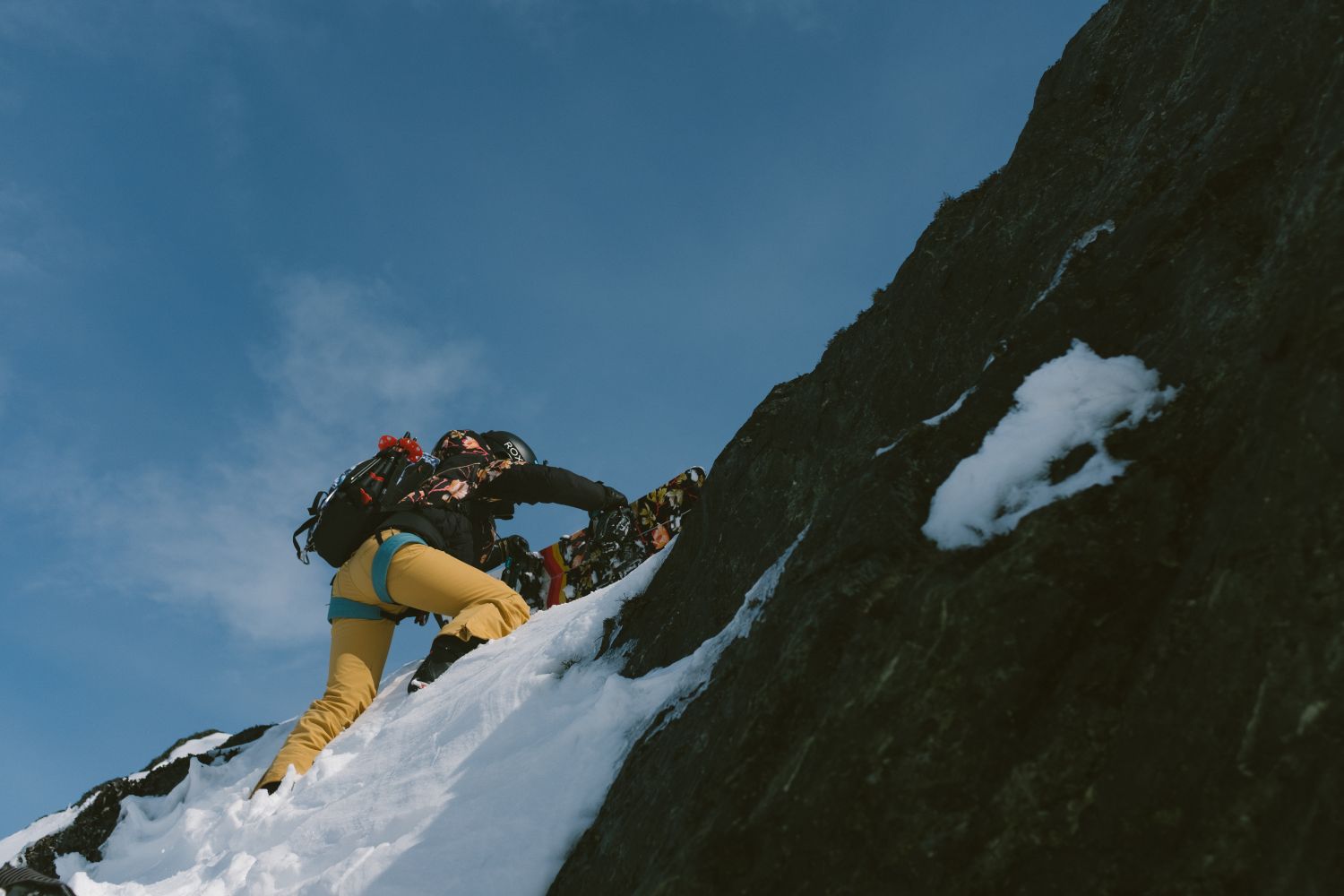
Out of Bounds Mountain Adventure is a film or, more accurately ‘a giant screen 3D experience.’ That’s the official tagline attached to the production, and it’s a fair description for this epic venture stretching from the bottom of the Southern Hemisphere to the very roof of the planet. It is a mission that features three of the most accomplished practitioners of ski and snowboard. It is an encounter with nature in its rawest forms, and an immersion into the imperilled mountain ecosystems upon whose influence humanity depends. So yes, OOB is an experience as much as it is a film.
But, it is a film.
And it is a production that the trail blazer Torah Bright was never going to turn down, no matter how renowned she might be for plying her trade within the rigid confines of the halfpipe.
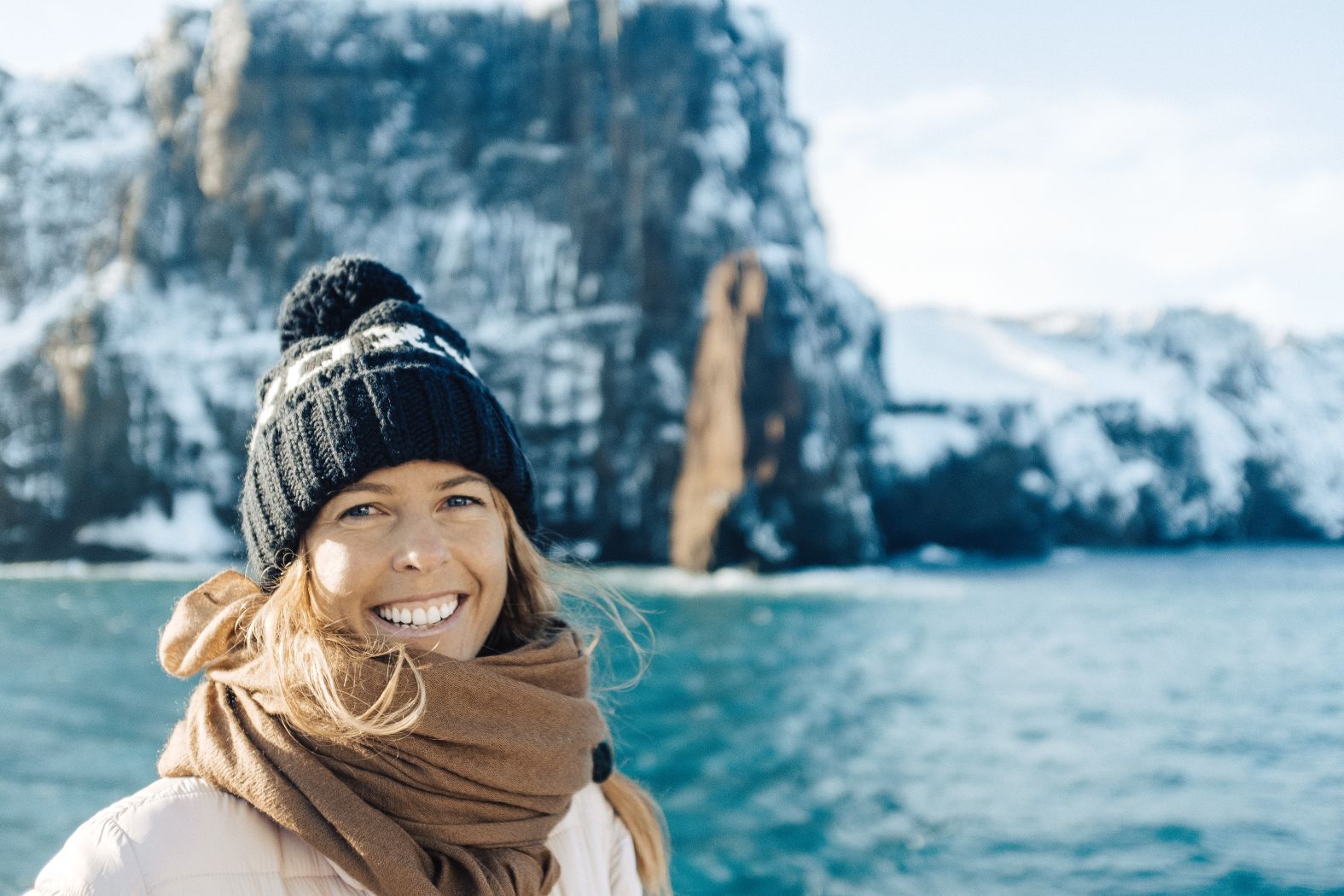
“My snowboarding feet have always dabbled and played outside of the halfpipe. This is what made me the snowboarder I am. But it’s true, most of my life has been spent in the snowboard parks trying be my best and challenge myself and then sport. I often took time to explore the back country and ride powder to keep me inspired in the competitive side of my sport. It was perfect timing and the perfect project when OOB came about. I believe it was 2012 when I first heard whispers of this project. It wasn’t until 2017 that things started to move on the project. By November 2018 the OOB crew was in Antarctica filming the first stop of the journey.”
“I wanted a project with purpose and passion behind it.”
“It didn’t take much to twist my rubber arm. I wanted a project with purpose and passion behind it. It just so happened to have much, much more also. I learned more about the mountains and environments, applied new skills and learned from some of the best in the biz.”
“My snowboarding feet have always dabbled and played outside of the halfpipe. This is what made me the snowboarder I am. But it’s true, most of my life has been spent in the snowboard parks trying be my best and challenge myself and then sport. I often took time to explore the back country and ride powder to keep me inspired in the competitive side of my sport. It was perfect timing and the perfect project when OOB came about. I believe it was 2012 when I first heard whispers of this project. It wasn’t until 2017 that things started to move on the project. By November 2018 the OOB crew was in Antarctica filming the first stop of the journey.”
“I wanted a project with purpose and passion behind it.”
“It didn’t take much to twist my rubber arm. I wanted a project with purpose and passion behind it. It just so happened to have much, much more also. I learned more about the mountains and environments, applied new skills and learned from some of the best in the biz.”
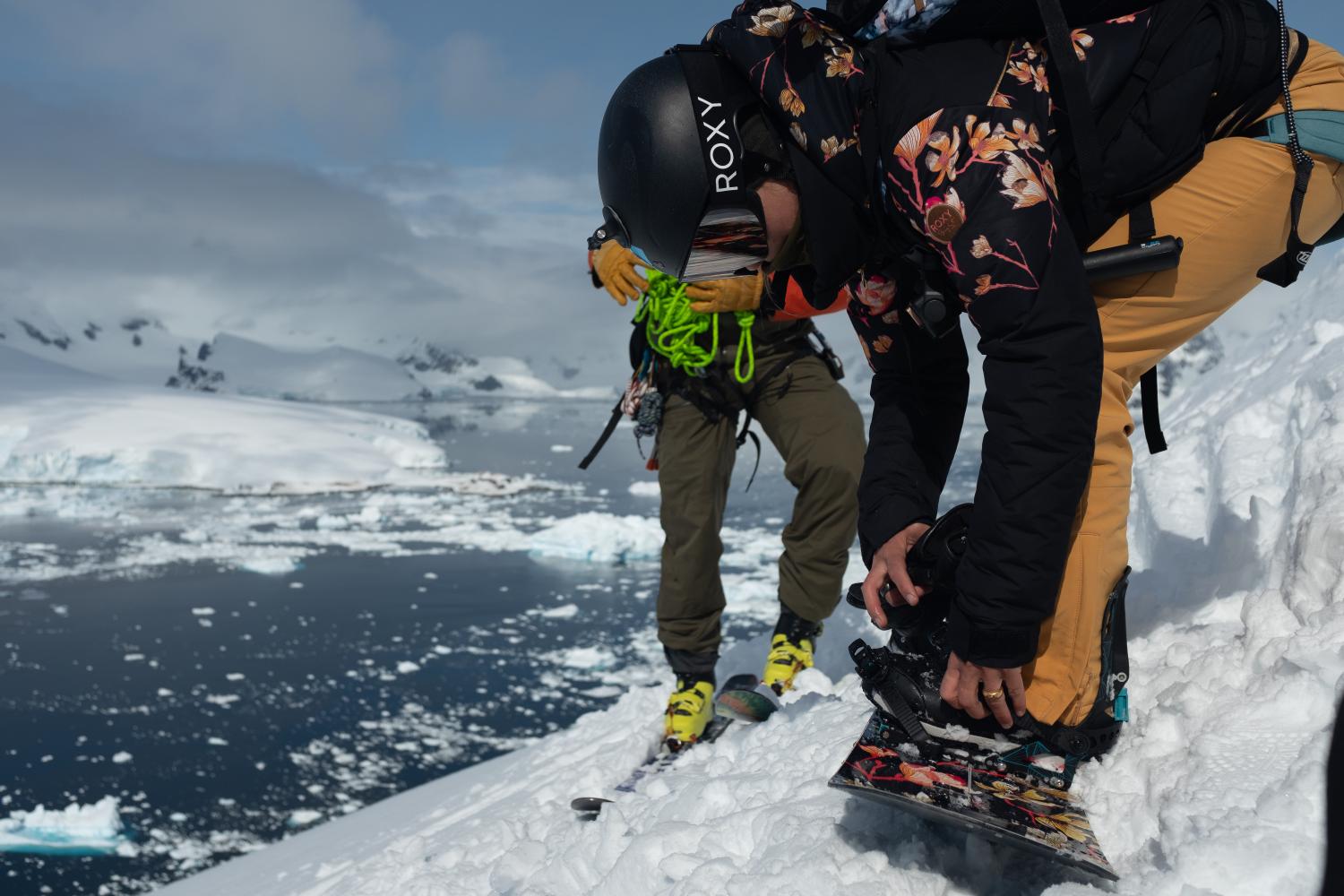
As well as mountaineering skills, Torah had to further develop that backcountry element of her riding. She would be taking on slopes thousands of miles from the nearest groomed pistes and parks, where no lifts had ever gone or ever would. Lucky then, that her travelling companions for parts of OOB included some of the top backcountry talent on the planet.
Revelstoke, BC native Sammy Carlson originates from the freestyle ski stable. With a host of X Games medals in Slopestyle and Big Air, Sammy Carlson was the first skier to pull off a switch triple rodeo 1260 back in 2010. Like Torah Bright, Sammy spent as much time with his feet in the air as on the snow. But the intervening decade saw Carlson migrate into ever deeper backcountry settings, and thanks to his unique style of big mountain skiing, the off-piste maestro has staked a reputation as one of the best among the burgeoning backcountry film industry.
For a fellow shredder, Torah Bright had at her side Jeremy Jones, founder of Protect Our Winters, star of nearly seventy films, and the first to climb and descend Shangri-La, a 21,000ft mountain in Nepal towering in the shadow of Everest.
Torah began her journey at the bottom of the world, in remotest Antarctica. For company she had a small crew, some seals and penguins, and yes, a Roxy Torah Bright Snowboard. It was uncharted territory even for the worldly Torah Bright. As an in-shape athlete she was better prepared than most, but even so there was preparation to be done.
“The strength and fitness I try to keep in and out of season definitely helped on long ascends,” she acknowledges, but adds, “I had never used mountaineering skills, so before the crew ventured off across the Drake Passage we spent a week with our guide in Ushuaia, Argentina learning the basics and skills. These mountaineering skills and tools were the new training needed to complete the journey.”
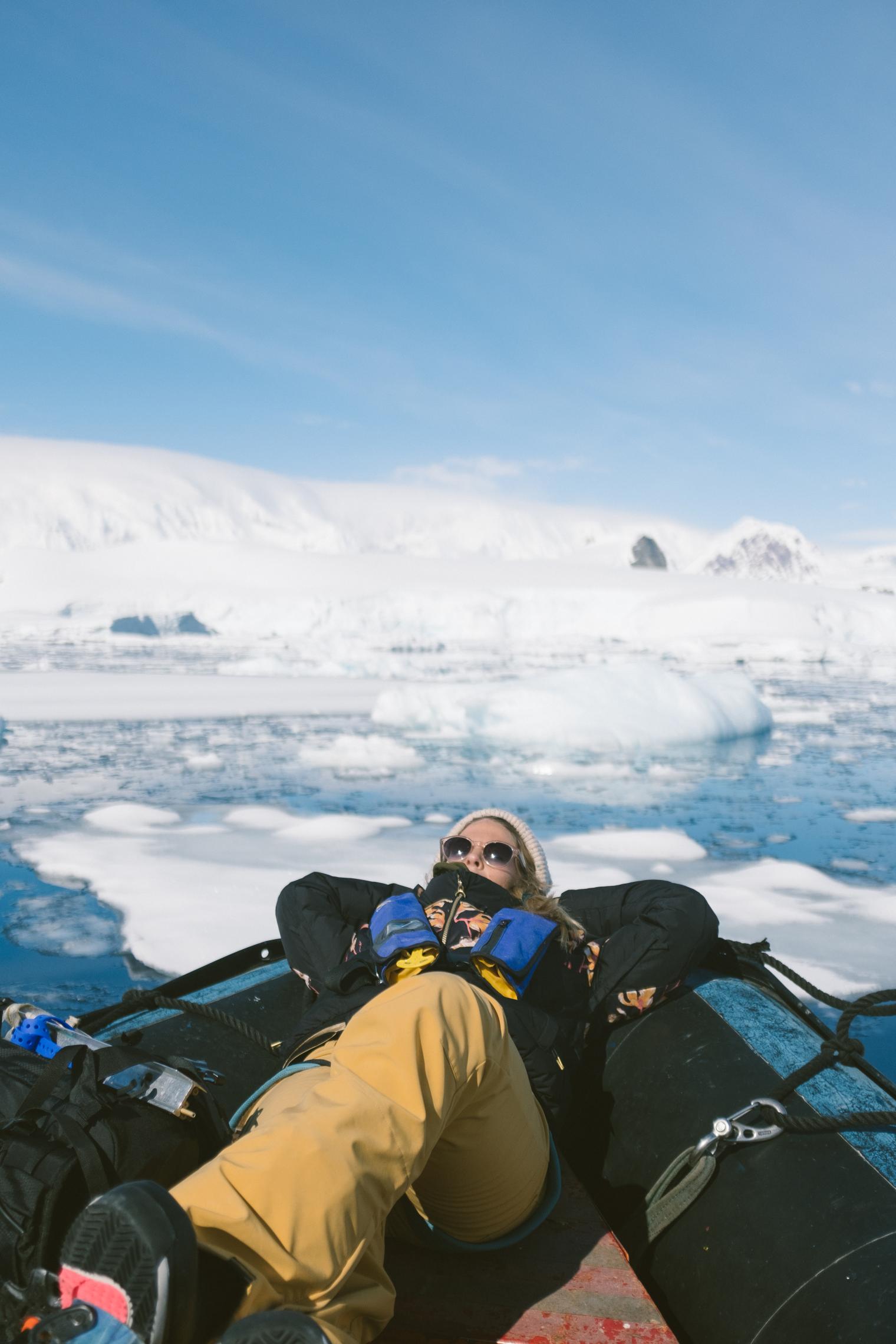
If the preparation was arduous, the mountain adventure would be every bit as testing. Out of Bounds isn’t merely a film about Torah Bright the snowboarder. It is a film about Torah Bright the climber, about Torah Bright kayaking the frigid waters of Antarctica, about revelations in nature and society, about a fragile and mighty planet on the brink of climatic meltdown. Perhaps it’s not about Torah Bright at all – in which case she is onscreen as a vital messenger. Either way, the experiences she was able to tick off along the way were profound.
“Ahhh there were so many! Antarctica was something special. Removed from the world. I had some seriously beautiful spiritual moments there. Riding with Sammy and Jeremy was amazing!”
The more she extols on her affinity for the white world, the more I understand why Torah was the perfect choice for this film. She has a rapport with snowboarding, and every element of the arena in which it is practiced, that goes beyond anything we get to see on the competition circuit. Her love for snowboarding is matched by an understanding of its place in the wider world beyond winter sport.
“I have always had an interest in native cultures,” she explains. “The final stop of the movie was to visit an Iñupiat village in the Arctic Refuge. It was amazing to talk and hear stories of the native people. So much to learn and so much synchronicity in their ways of life.”
Out of Bounds took in its long stride three continents and both hemispheres. It features snow and rock and water along the vast range of the American Cordillera, a chain of mountains that runs from the Antarctic Peninsula, up the spine of South America, Central America, and into North America right up to the Alaska Range. Look at a map to get your head round this inestimable line of peaks, but before you get into the geography we ought to stop and take an ecological bearing.
For all its sweeping vistas and epic riding, Out of Bounds touches some of the vital aspects of our planet. Not just because a chunk of it was shot in Antarctica, which is losing ice at a rate six times faster than it was in the 1980s, but also because of locations like Squaw Valley, the California ski and snowboard resort that is aiming to become 100% sustainable.
Of course there are reams of scientific data, as compelling as they are disturbing, but for all the facts and figures, it is the visual evidence which lays bare the perils of the world we inhabit today and which, in theory at best, we might continue to inhabit tomorrow. The more I’ve witnessed of our planet over just the last few years, from bleached coral to plastic mountains to shrinking glaciers, the more I understand the earth’s plight.
Last month I interviewed USA’s first Cross Country Skiing Olympic Champion Jessie Diggins, whose on-snow experiences of climate change have led her right to the doors of Capitol Hill, where she has campaigned to raise awareness and to galvanize the powers that be.
But as a sport, Cross Country is very different to anything practiced in the freestyle arena, where snow and ice are gathered and sculpted by machines. So is the threat of climate change felt equally across the winter sport spectrum?
“I think for me I can’t say I have seen this over my career as snow conditions vary greatly from year to year everywhere around the world,” Torah says. “I don’t spend time in the places that are feeling it most so don’t have the experience Jessie does,” she points out, citing a sport contested within artificial confines over Jessie’s, which has its roots at least in natural forest trails at low levels. “What we all do know and feel is that the world is changing. We have taken and taken for too long and now the earth is hurting.”
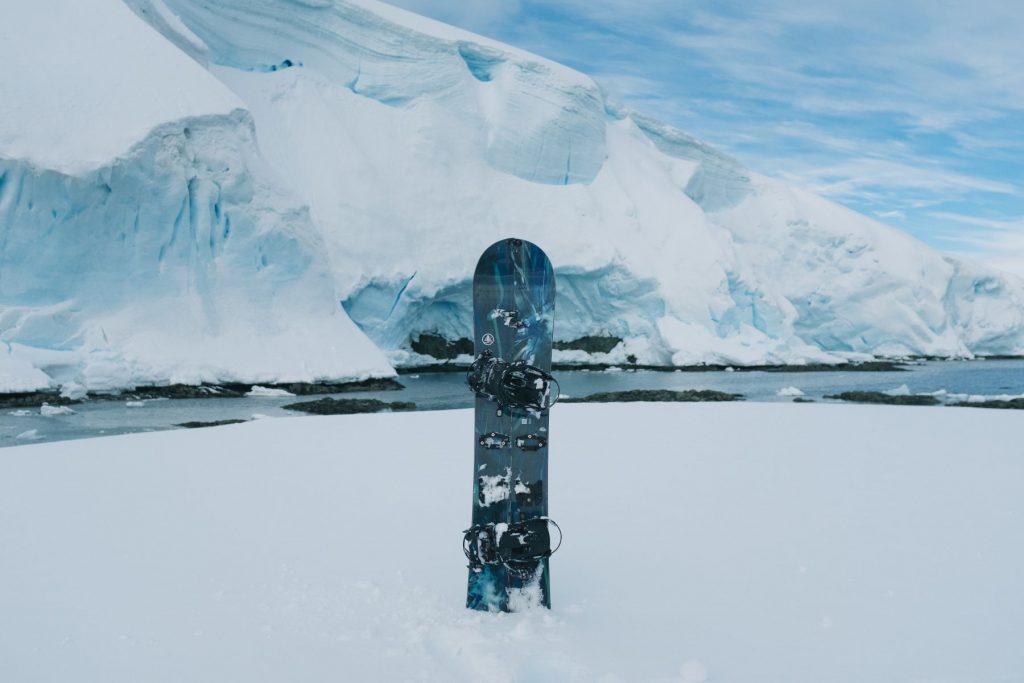
For me the hurt is both visual and scientific. For Torah Bright there is a third element. Filming for Out of Bounds, the damage inflicted on our planet was echoed in the voice of humanity.
“It was hard for my eyes to see evidence as I was seeing it all for the very first time. It is the long term data collected that supports the change. When we visited Kaktovik in the Arctic Refuge, it was the Iñupiat elder Robert Thompson that shared his stories of the ice braking up earlier and earlier. He has seen great change in his lifetime with his own eyes. What was evidence of change to my eyes, was in Alaska. On mountainsides we could see where the huge glacial river had once been. The depth of the glacier has receded hundreds of feet over time.”
For Jessie Diggins, the approach is about advocacy. As she told me, “It’s do as many things as you are able, and then pick up the phone and call your lawmakers to make the biggest impact. Use your voice as much as possible!”
Torah Bright adds a valuable dimension to this mantra, urging synchronicity with the planet we call home. That through understanding we are able to recognise not only the threats faced by all life on earth but perhaps, too, the solutions.
“I feel the biggest thing we can do is reconnect back to our environments. For the most part our modern world is truly disconnected from nature. When you go outside in nature and experience it firsthand we are reminded very powerfully how weak we really are. It’s our job to remember that we are all a part of this web of life. Read, ask questions. Everything we do from the way our food is produced should work within the natural process of the environment, not be above it. It’s our job to create relationships and connections to the thing we love. When we love something, we want to protect it so fiercely.
“When you look at the health of our planet and ecosystems and the health of our human race it’s hard not to see that we are both hurting and suffering. Keep learning and understanding the world we live in and you can find out how you can best make change and where your strengths are. Not everyone is going to fight on a political level, but we all spend money. Where and how you spend your money seems to dictate what big biz does. We all have power and we all have our own strengths. It’s realising we can all play a small part and doing it.”
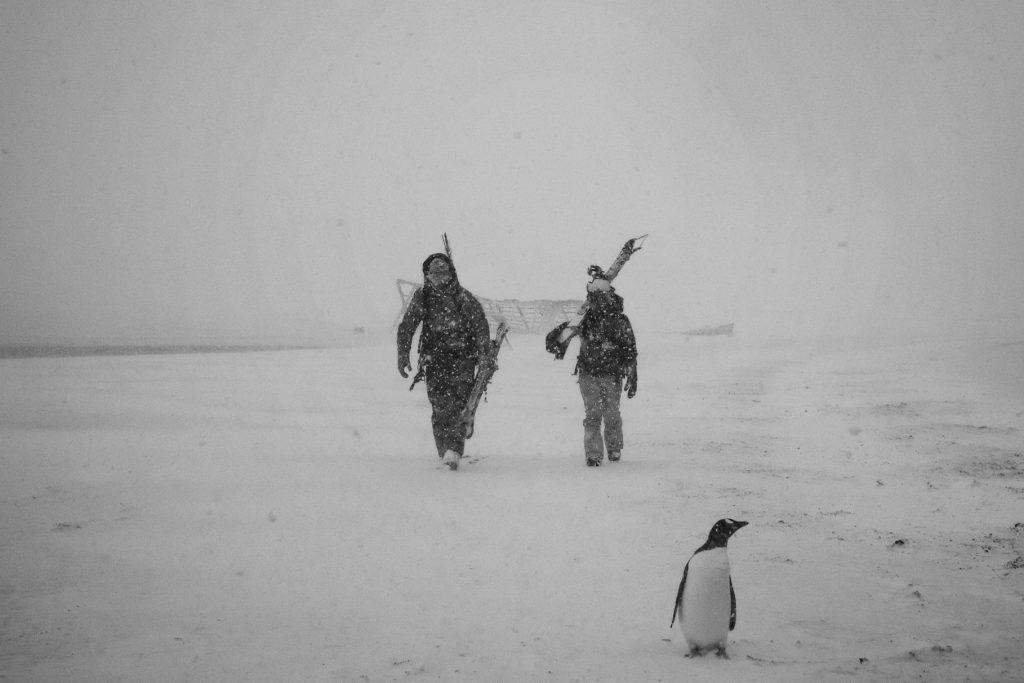
Realising, as well, that under the grubby veil of carbon emissions all is not yet lost. That our efforts to thwart the encroachment of greenhouse gases and plastic waste, however small, are not in vain. That you are not alone.
“I came out of the journey totally inspired by nature and people. There are so many people who do care and are doing their part to create awareness and change. There is a shift in consciousness and it’s a beautiful thing to witness.”
Out of Bounds is not a film you’ll be able to catch on YouTube any time soon, and that’s for the better. The gravitas it has sought to encapsulate will, I’m sure, be lost or at least watered down when viewed by phone or tablet. Because as a film and as a concept Out of Bounds has a big set and a big message, and as a visual spectacle it surely ought to be viewed in an appropriately expansive environment.
“Out of Bounds will be released on the giant screen IMAX theatre over the next two years,” Torah says. “Each theatre has its own time frame as to when new movies come to town. If you have an IMAX theatre in town – stay tuned!”
Seeing the white world through Torah’s eyes, I wonder if it ever does something so nonchalant as shrug. Surely there is nothing insouciant about receding snowlines and melting ice and the subsequent impact not only on winter sport but the whole wide world. If it is truly dying – and just yesterday in the straining heart of the white world, of the planet as a whole in fact, the Antarctic Peninsular posted its record highest temperature of 18.3C – there isn’t anything to be found that reflects a state of casual acceptance.
Maybe the future is bright, maybe it is bleak. But the fact is that as individuals we have the power to decide.
Oh, and if I was wrong about the white world shrugging, I was right about the way, even imperilled, it steers its players onto ever new, ever more exciting paths. It is precious and it gives. It has supported life for millions of years and if we stop taking, if we support it the way it supports us – perhaps it will continue to nurture us. Because there is always the next generation to consider.
“Baby Bright is coming July 2020!” Torah tells me. “Starting a family has always been something I’ve looked forward to. So here we are…starting a journey of a lifetime. This winter Baby has been introduced to snowboarding in my tummy! I look forward to sharing the wonder and adventure with my growing family to come.”
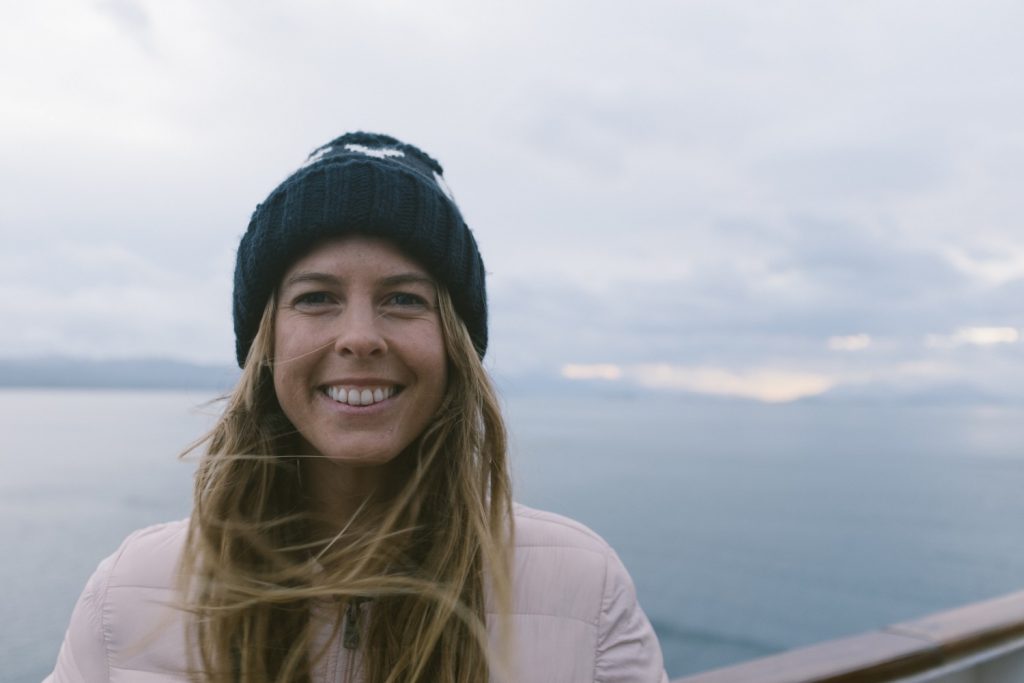
My thanks to Torah Bright for making her second appearance here at Ice a Trail and for sharing the experiences of her trip. Thanks also to Criss Whittaker at Wasserman for arranging this interview, and Jan Baird at K2 Communications for the images.
There is a list of show times for Out of Bounds Mountain Adventure here. For the latest news and images of the film go to the official website the Out of Bounds Mountain Adventure.
You can keep up with Torah herself at the following feeds:
Torah Bright Instagram: @torahbright
Torah Bright Twitter: @TorahBright
Torah Bright Facebook: /TorahBright
Related article: Jessie Diggins
